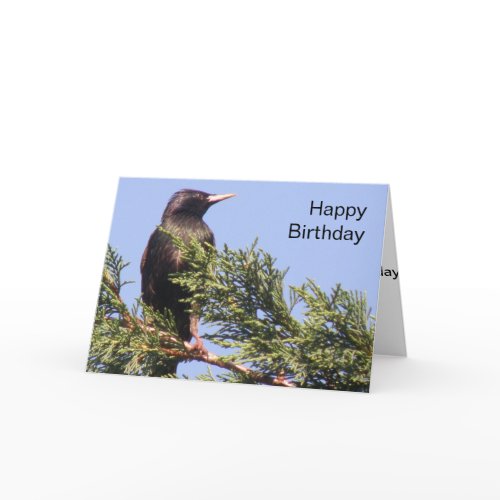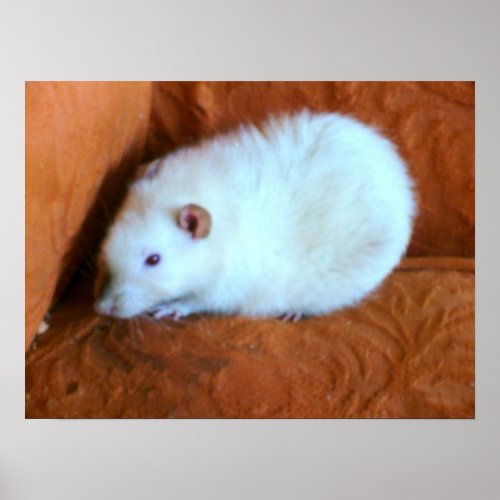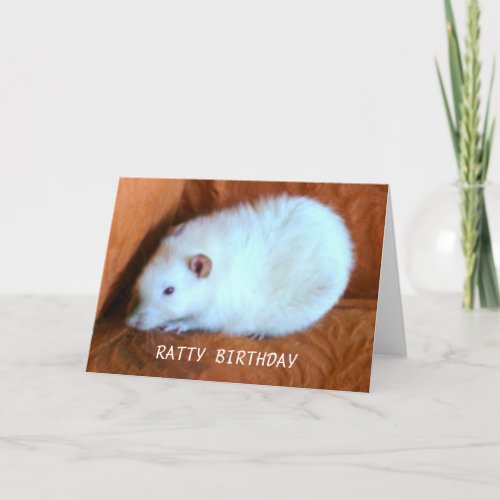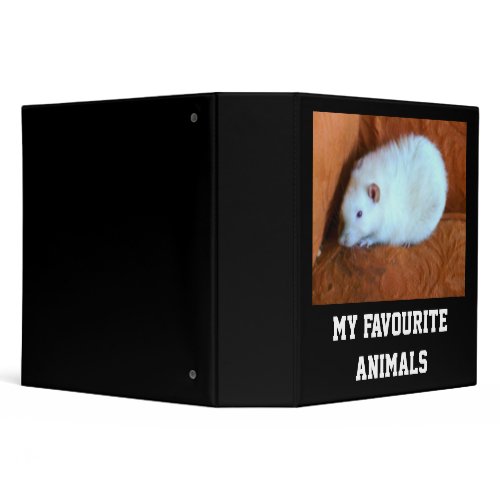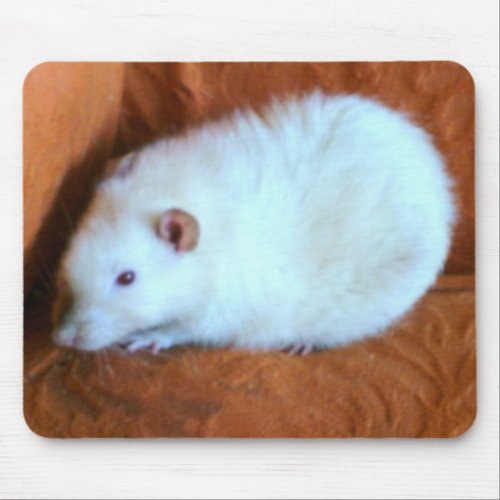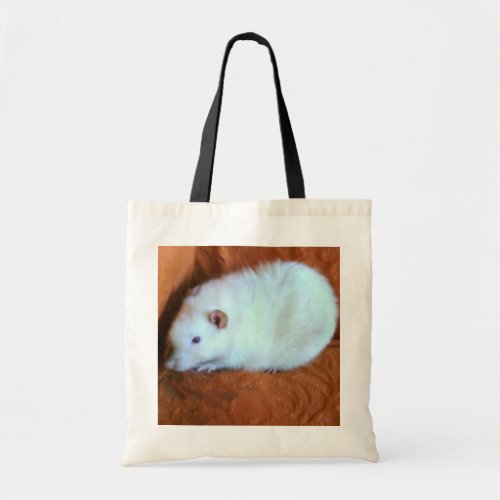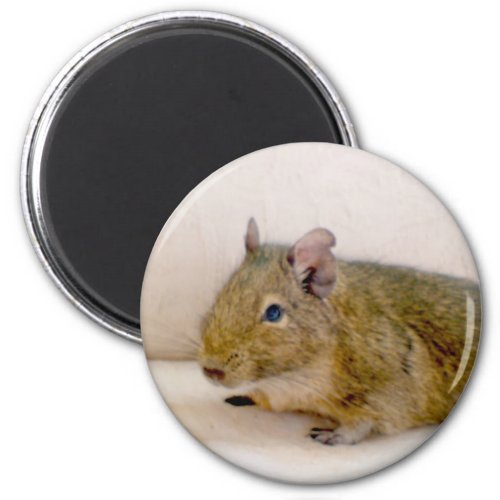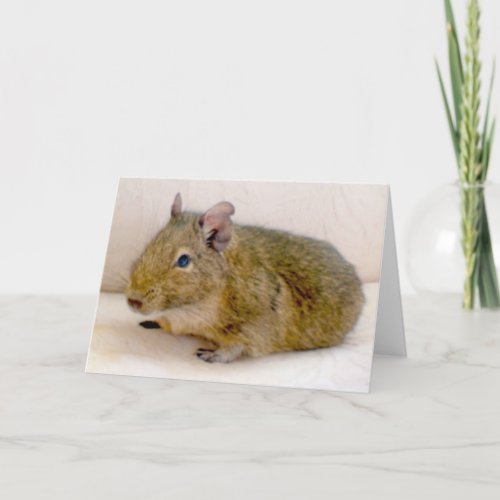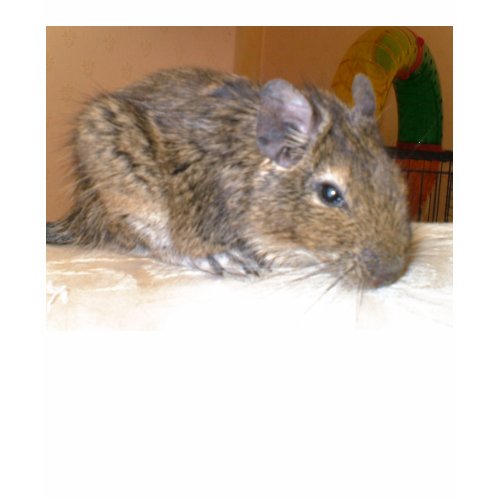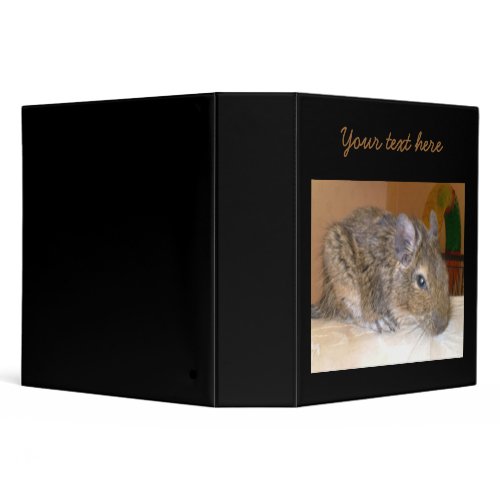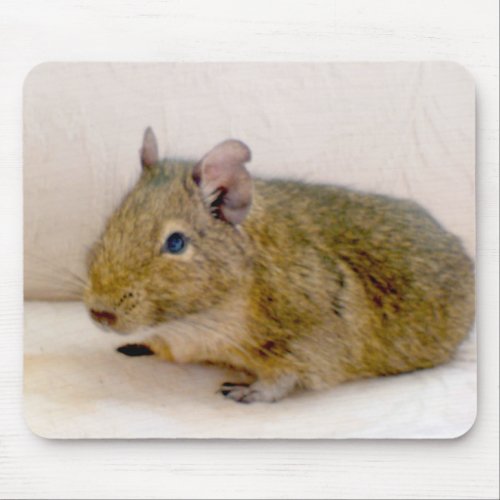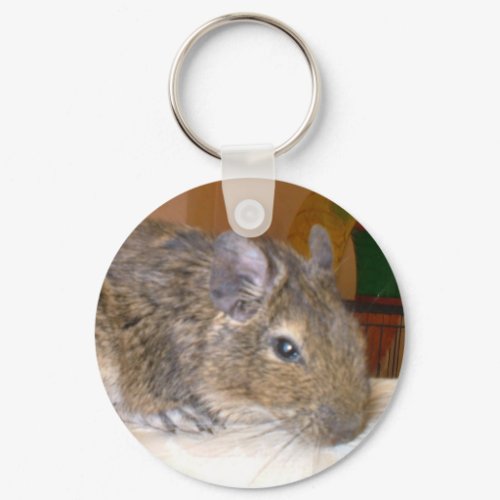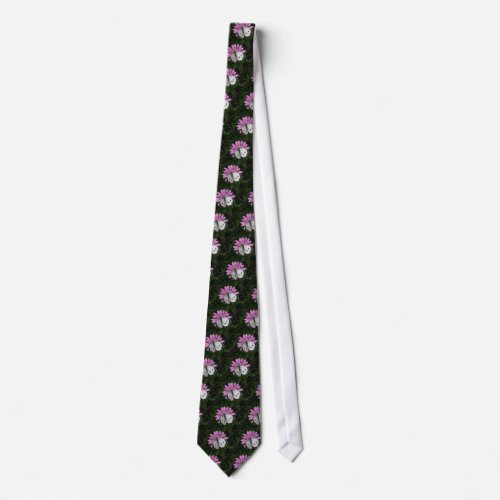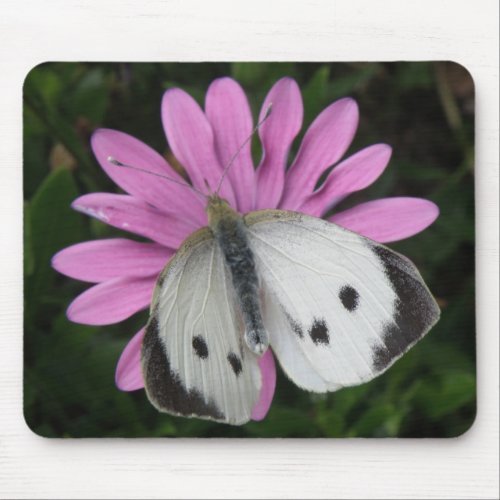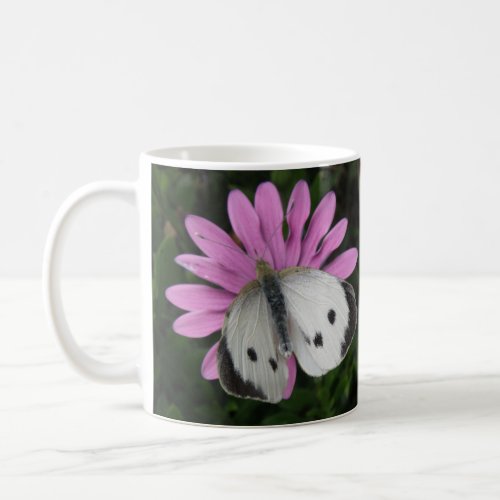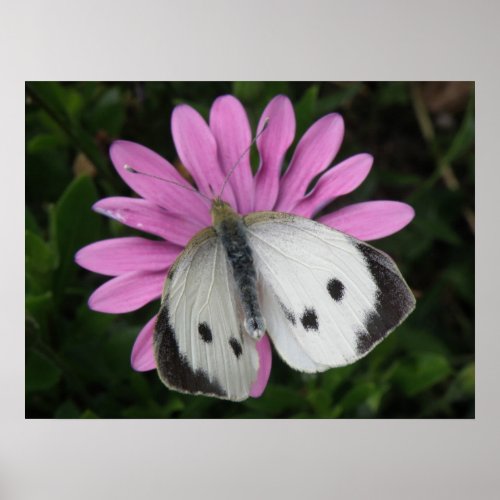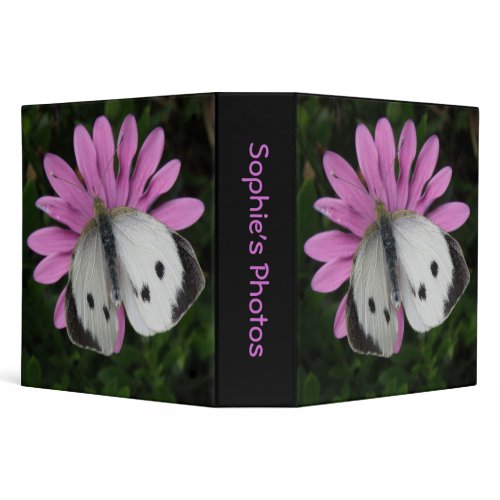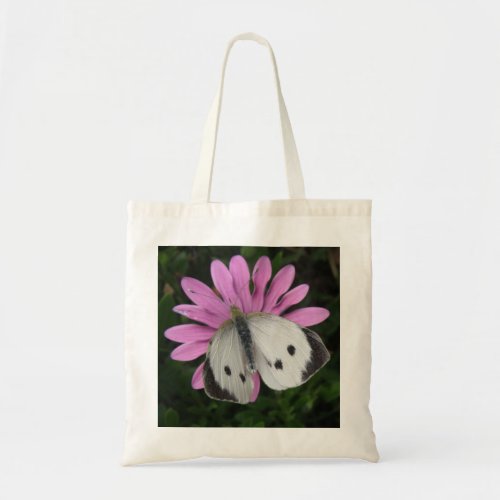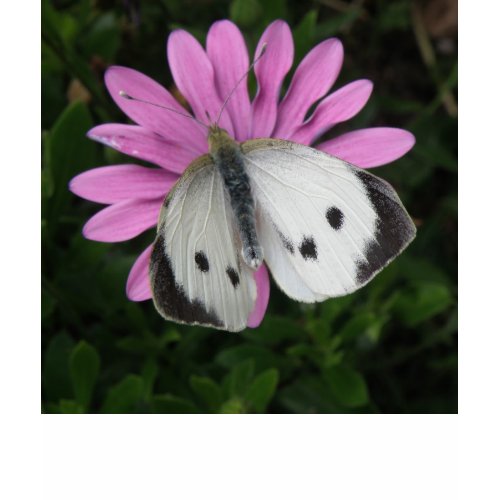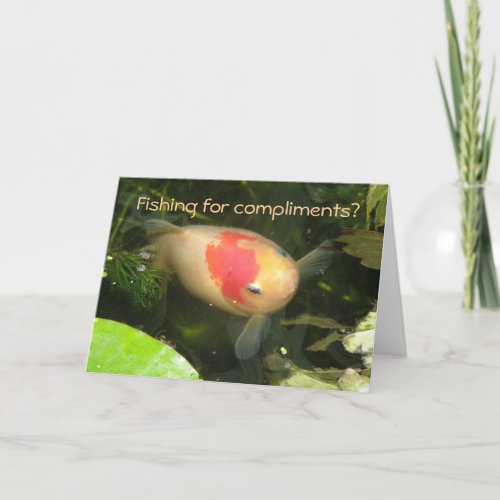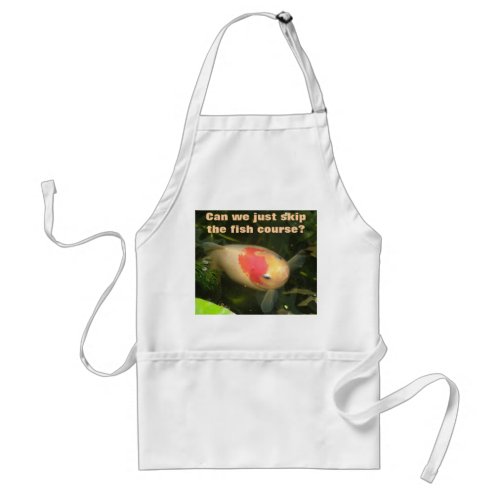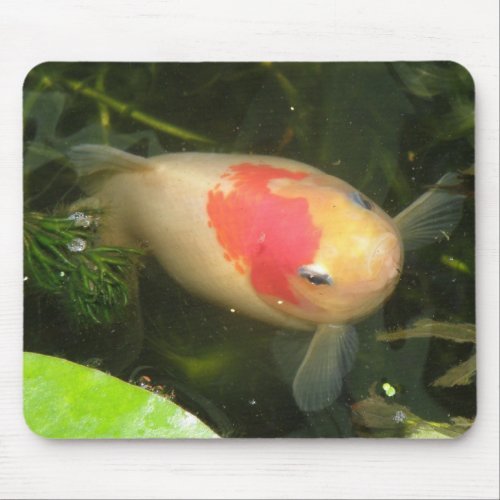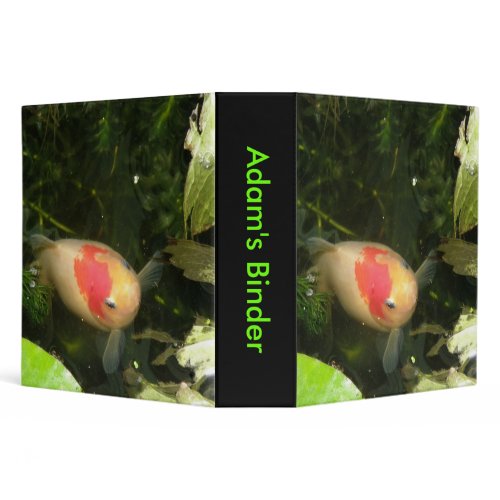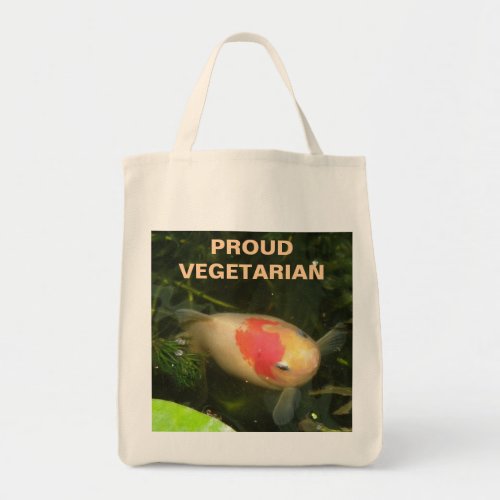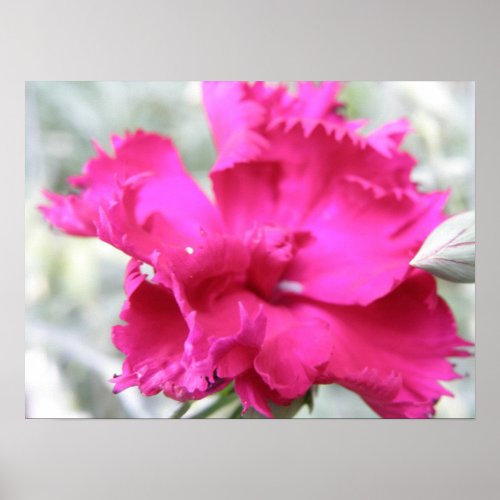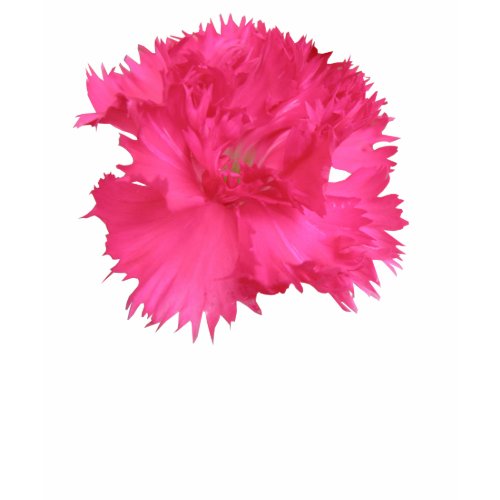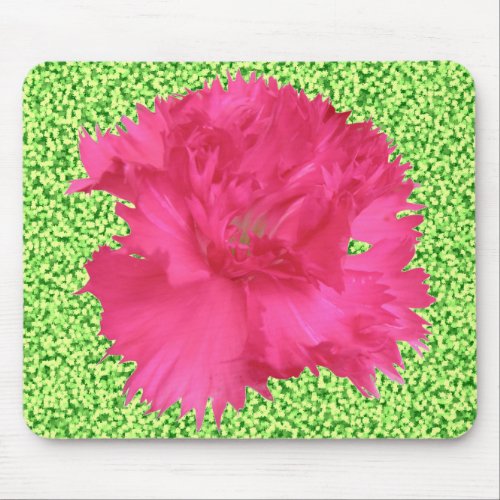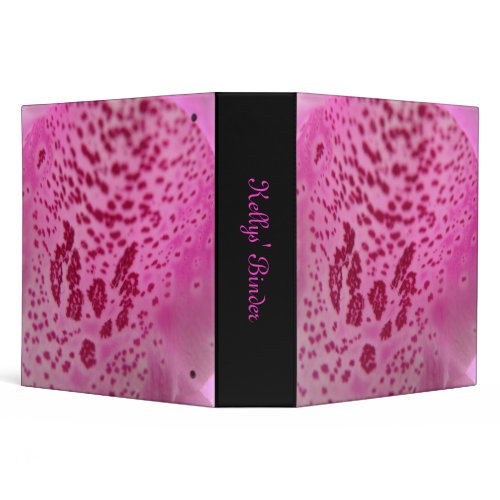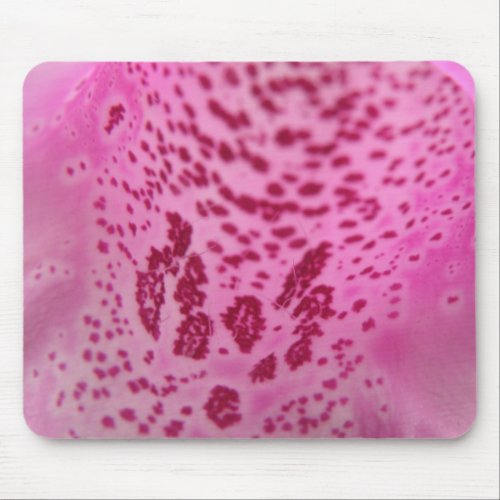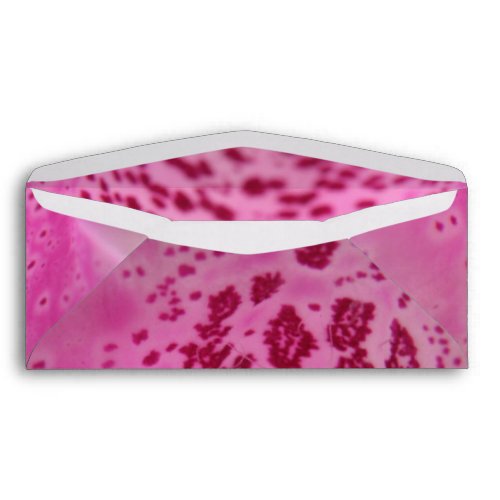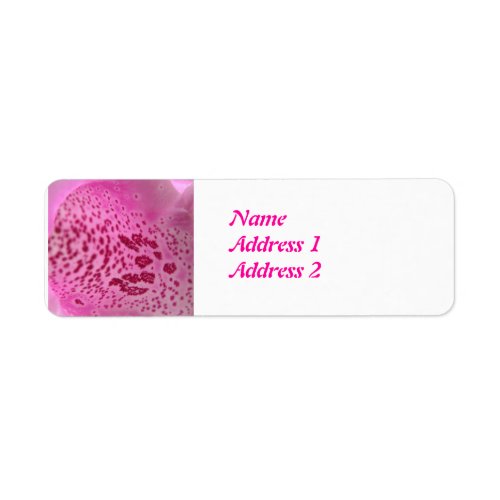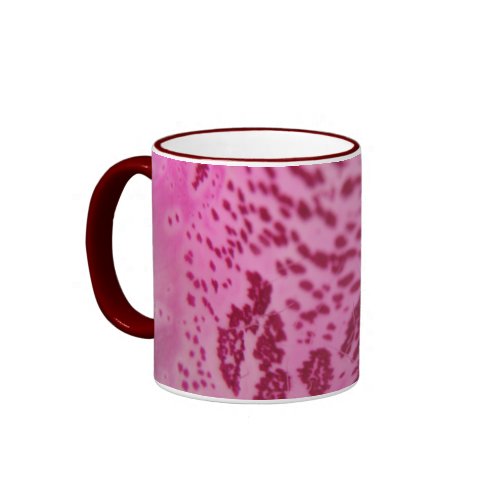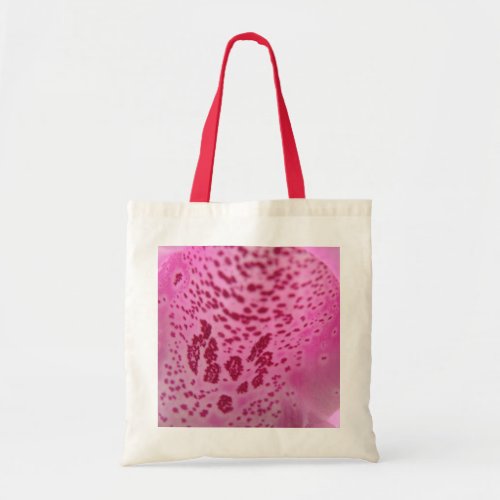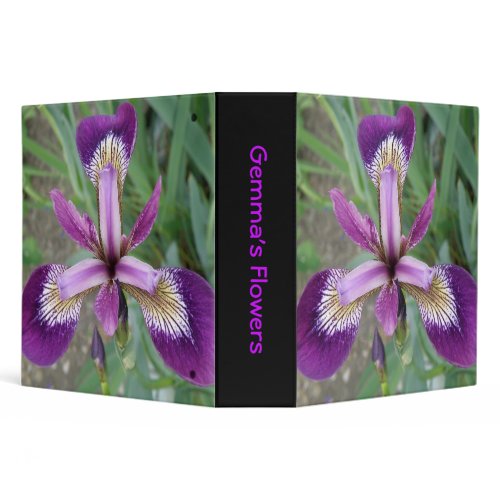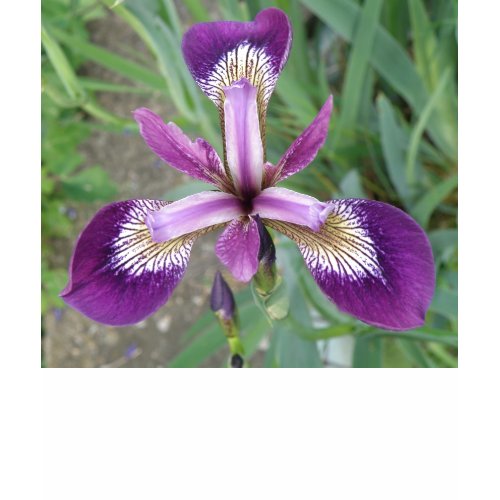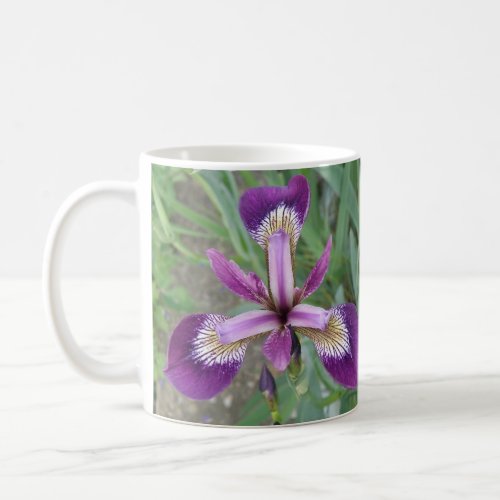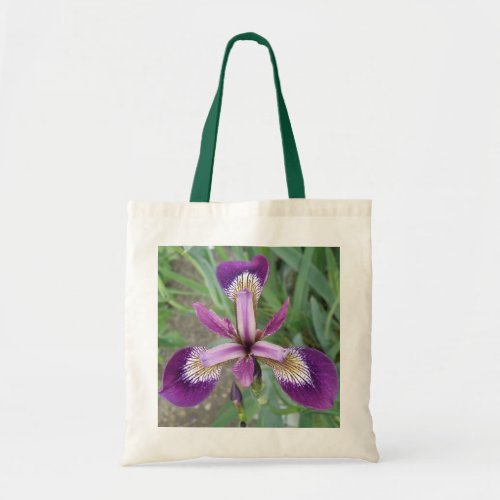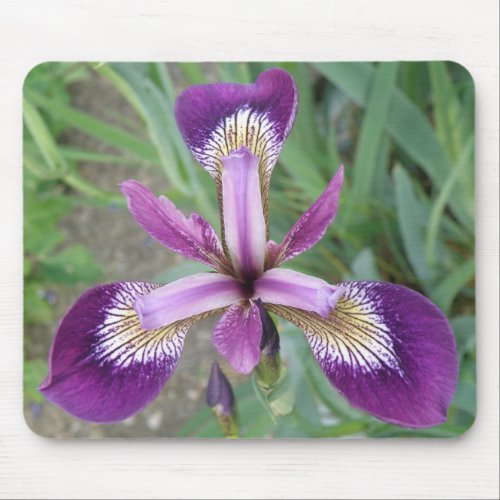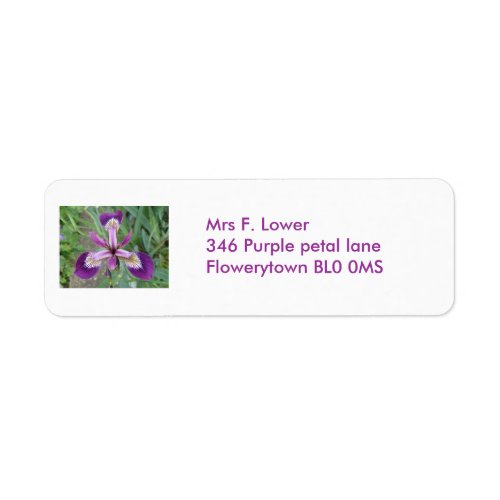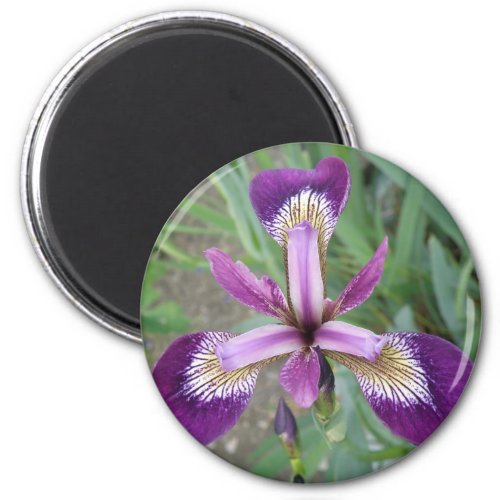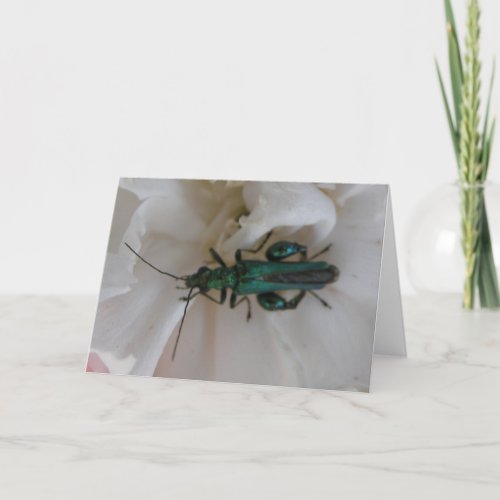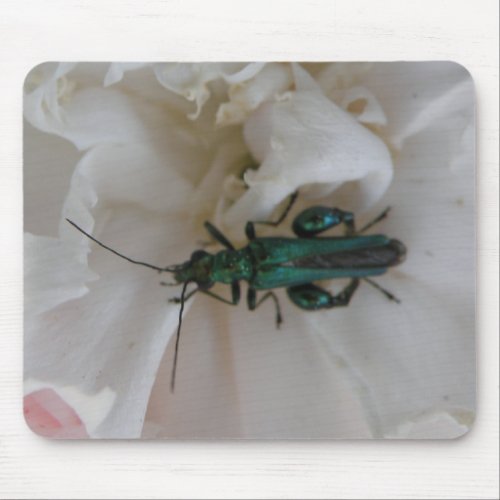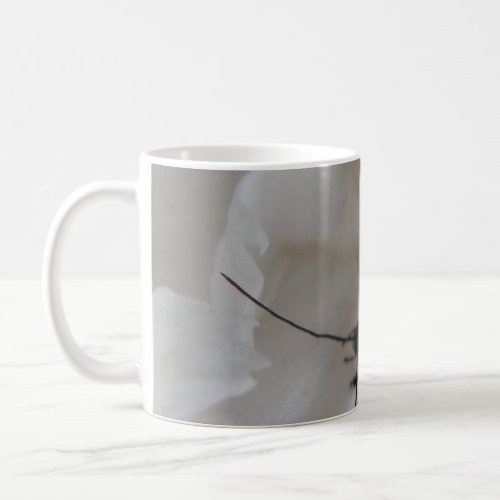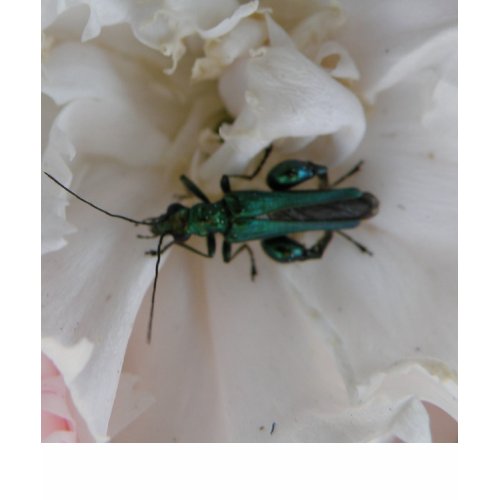A Degu is a small Chilean rodent that has gradially become a hugely popular pet. You can find them in most pet shops in London these days and most rescue and rehoming centres too. So what makes the Degu so popular and why are so many of them ending up as unwanted pets?
I have a lot of personal experience with Degus. I owned 3 males that I rehomed from someone that was no longer able to look after them. I have also looked after countless Degus for friends while they holiday.
Degus are small grown Chilean rodents that are closely related to Chinchillas and Guinea Pigs. They are sociable animals that live in groups in the wild. They are prey to ground predators as well as birds of prey. They are excellent burrowers and will work together to dig their burrows.
Degus do make good pets but they are not the easiest animals to look after. They look very cute and appealing in pet shops and their obvious intelligence makes them a popular choice.
Degus do have their negative points. They have a very concentrated urine that can ruin carpets and any other soft surface they urinate on. They can be destructive and will pull in and chew things if they can reach them. They can be fast if not tame and occasionally one will bite if it is sufficiently frightened. They require a special diet and do have some health problems that they are more likely to suffer from than other rodents.
The good points of Degus are their charm and intelligence, their lack of odout and the entertaining noises they make.
If you plan on keeping Degus get more than one Degu and unless you want to breed them, which I wouldn't advise as there are too many unloved Degus out there needing homes, get a pair or group of unrelated females or males.
Degus must have a proper diet. Failure to provided it is likely to result in the Degu getting Diabetes. The Degu spends its time grazing on grass with a low nutritional value in the wild. It cannot digest simple sugars properly and needs a special Degu food available in pet shops and constant access to a good quality hay such as Timothy hay. You can give your Degu treats such as grass from your garden, dandelion leaves or clover. Any treats are just that and should only be given in moderation.
Degus also require constant access to fresh water from a water bottle. Unfiltered water is what they need as filtered water has some important minerals removed during the filtration process. Degus need these minerals. There is a mineral in fresh water that makes Degu teeth orange and if your degu doesn't have orange teeth this is a sign it is not healthy.
Another important thing is a sand bath. Degus require a container full of sand to roll around in. This is how they keep their fur clean and prevent too much grease building up. The ideal situation is to have a bath available for them all the time but at least a couple of times a week is vital.
Degus will need a big cage and things to do. They will run in exercise wheels and the complete plastic ones are the best as the ones with treads can be dangerous. A multi level cage with places to hide, dig and climb is ideal for degus.
Degus that are cared for properly can still have problems. The most common is cateracts. These are white growths inside they eyes that ultimately leave the animal blind. There is no cure and these can often appear in Degus, probably because of inbreeding.
One of the degus less endearing habits is that they eat their own pooh. They do this so they can digest all the complex carbs in their diet. It is normal and is also done by other pets like hamsters and rabbits.
My three wise men were rehomed from someone that just didn't have the time to keep cleaning them out and handling them. They were tame when they came to me and quickly learned when they were going to be fed. I noticed that they had a pecking order. The same Degu would always eat first. He turned out to be the one that lived the longest and I named him Chatterbox becuase he was always making noises at the others and at me too. Degu disputes were always solved by squeaks and I never saw any biting.
Degus can live 8 years or more. My rescued Degus were not young and after a year and a half I was left with just Chatterbox. He looked bored and depressed in his cage so I had him out all day on a chair and only put him in his cage when I had to go out. He slept in his cage too but was always so keen to get out and spend time with me in the morning.
He used to sleep on me. He would wake up turn over click his teeth then go back to sleep. I never found out what this meant. I guess I don't speak Degu. He also had a funny habit of dropping his pooh from the top of the chair at a certain spot where it would bounce off a tin and make a noise. He seemed to find some amusement in this.
When he did eventually pass away it was a gradual decline into old age. He slept more and more and ate less and less and one morning he wasn't there waiting to come out as always and then I knew he was gone forever.
It was a very special thing when the first thing I ever sold in my shop was a magnet featuring a photo of my beloved Degu. Since then I have also sold a greeting card with his photo on. It is very special to me that I can share my memories of him in this way.
Here are some things I made featuring my little Degu Chatterbox, starting with the two things that have sold from my shop.
